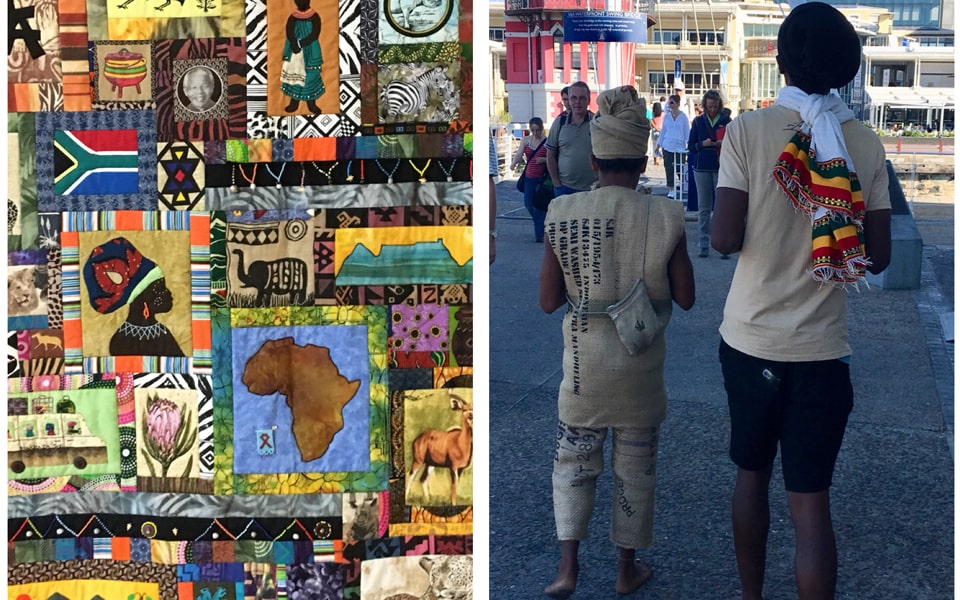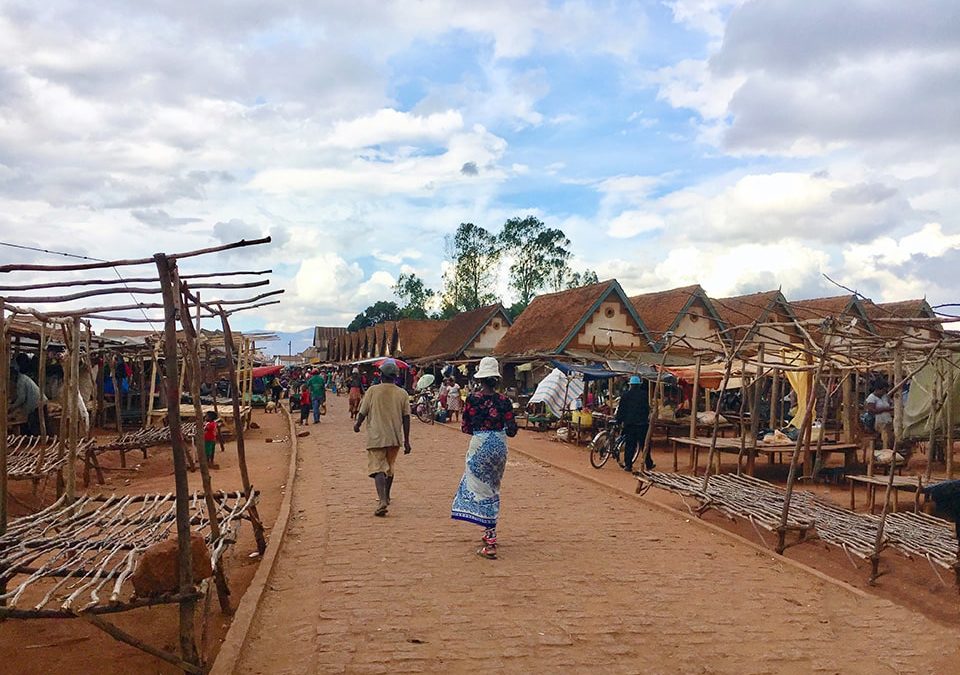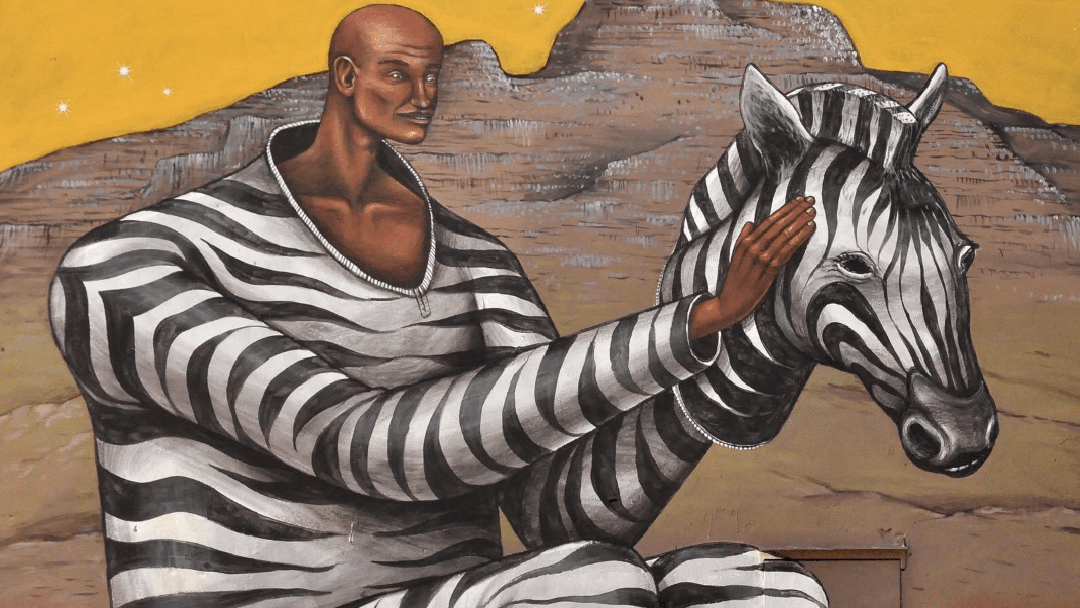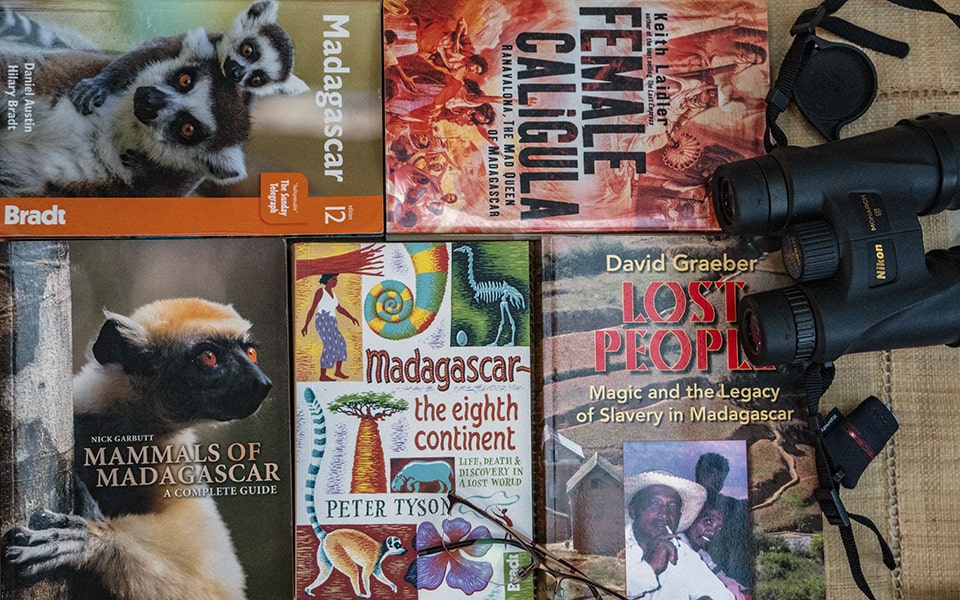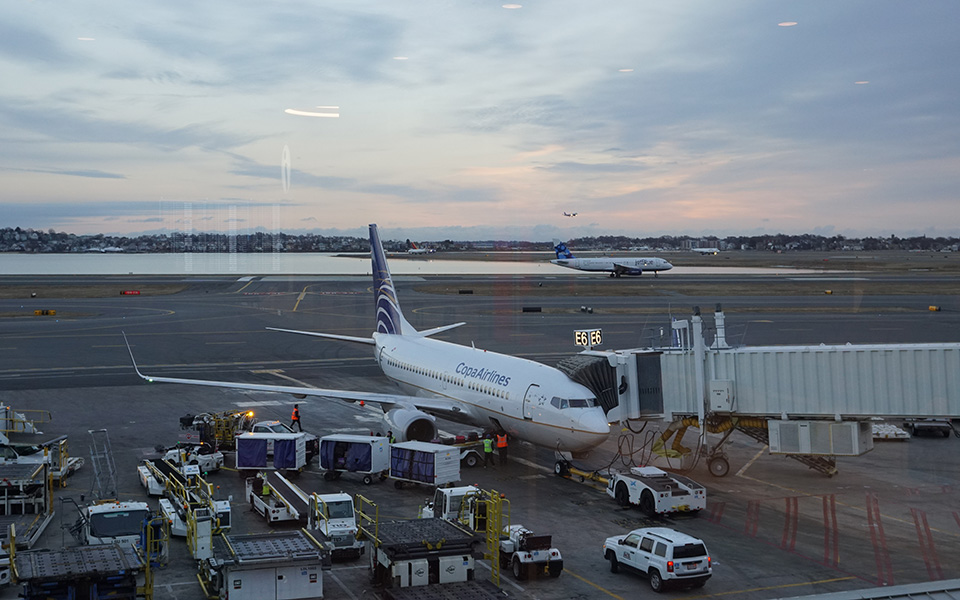
Flying Copa to Costa Rica
This year we decided to step out of our “comfort zone” of the familiar U.S.-based carriers and routes. While planning our most recent trip to Costa Rica, we chose to fly with Copa Airlines. The day in transit should still feel like a vacation start and our goal was to get to San Jose within a day (ideally, within 8-10 hours without extremely early departures and late arrivals). Avoiding nerve-wrackingly short layovers (and the associated risks to lose the connecting flights or our luggage) and crowded and hard-to-navigate airports (like Atlanta and Miami) was also a consideration.
Why fly with Copa Airlines?
In February 5 years ago, we spent close to $1200 for two return tickets to Costa Rica with American Airlines. This winter, the cheapest tickets with close to optimal departure/arrival time and trip duration (8-10 hours) offered by U.S. airlines were selling for close to $800 each. While searching for airline tickets, we noticed an airline with a mysterious name Copa was offering tickets to San Jose for mere $437. The departure and arrival times looked good too. This prompted us to do some research into what Copa was and what people thought of their services.
What is Copa anyway?
There is a good chance are that you (like us) have never heard about Copa. Turns out, Copa is not “Child Online Protection Act” (or several other meanings for this mysterious abbreviation in Wikipedia ). It is an international airline based in and operating from Panama. Copa Airlines is flying to over 80 different destinations in 30 countries and has a heavy presence in the Americas. It is also a Star Alliance member, which means you can earn and redeem your points earned with any of the airlines within this group.
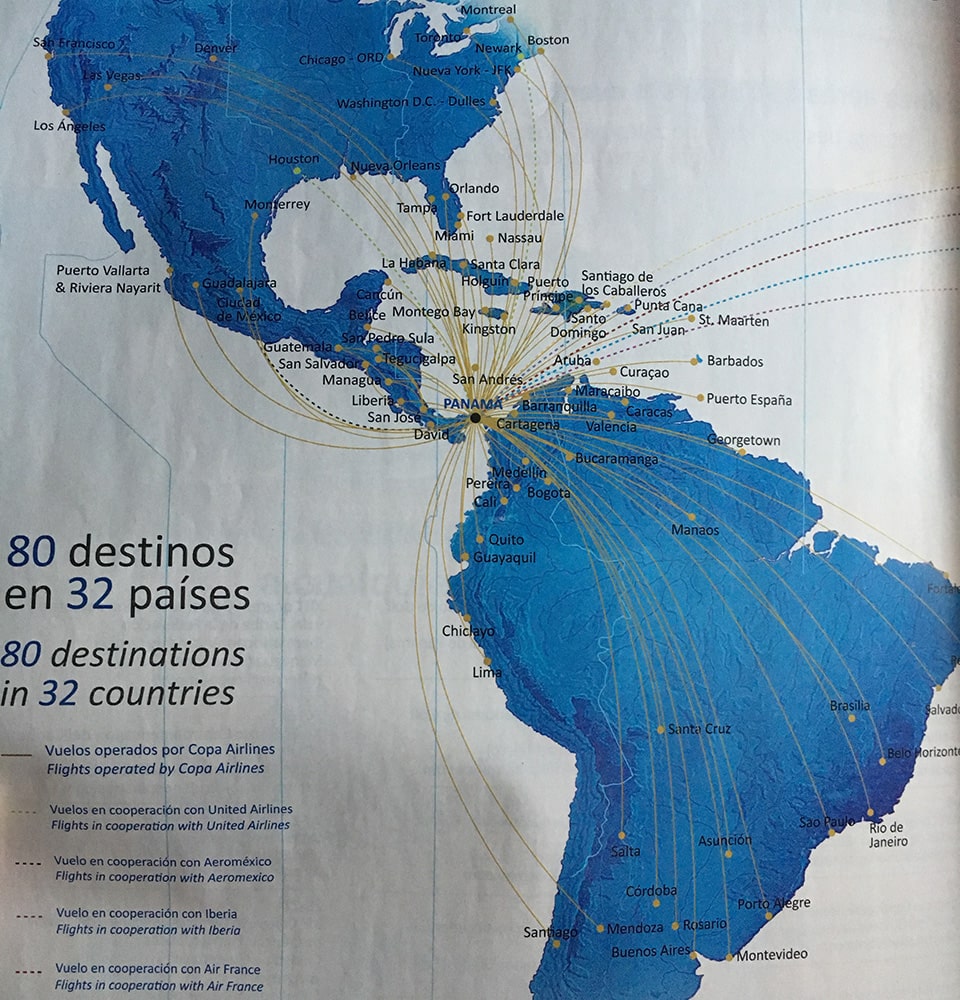
There is a share of complains about the Copa Airlines, but most appear to be associated with changes in itineraries and availability or quality of some additional services. More than 80% of travelers on TripAdvisor also seemed to be satisfied with Copa’s operations (4/5 rating based on over 9,000 reviews)
Booking and buying tickets with Copa
A month prior to our departure time, low-cost economy class tickets were still available. A very reasonable Business class upgrades were also offered to us a week in advance (the flight was full when we boarded the plane!). A week before your flight, you might receive an email from Copa asking whether you would like to upgrade to business class for each leg of the trip. For $900 or less, we were guaranteed an upgrade for the longer legs of the trip (Boston-Panama City). Flying business class on the shorter flights (under 50 min) would probably not make a difference for our comfort anyway.
Direct booking through the Copa Airline’s website (which also has an English version) was easy. Just remember to pick the seats of your choice as you go. There is no “go-back” option and you have to start the process all over again if you do not make your selections right away
Check-in and Luggage
Our departure day fell on a Friday and the beginning of a long holiday weekend. However, unlike other terminals at the Logan Airport, Terminal E seemed “deserted” on that January morning. Our limo driver told us that the pattern was rather common in the winter months.
By checking-in online and printing out the boarding passes in advance, we could sail through via the Web Check-in counter. There, we could drop off our two free-of-charge suitcases (up to 23 kg/50 lb each).
Other advantages of flying with Copa
One hour into the flight, the free warm breakfast consisting of French toast or scrambled eggs with a link of sausage, tomatoes and chives was served. Complimentary drinks followed. Even on short trips (such as between Panama City and San Jose), Copa offers passengers full hot meals and complimentary beverages (including beer and wine). To make the flight time pass more quickly, a 12-channel, multi-language entertainment system with free headphones is also offered.
Substantial savings are to be made if you travel great distances. In Panama City, we met an American who was saved whopping $1200 per trip by flying Copa between the West Coast to Argentina.
Flight time between Boston and Panama City is about 5 hours. The layover time of one and a half hour was comfortably short. The airport in Panama City is very compact and no long-distance walking is needed (let alone changes of terminals). The distance between the departure/arrival gates at the Panama City airport was about 150 yards (meters) with no additional security checks. Our second leg from Tocumen International Airport in Panama City and San Jose lasted only 50 minutes.
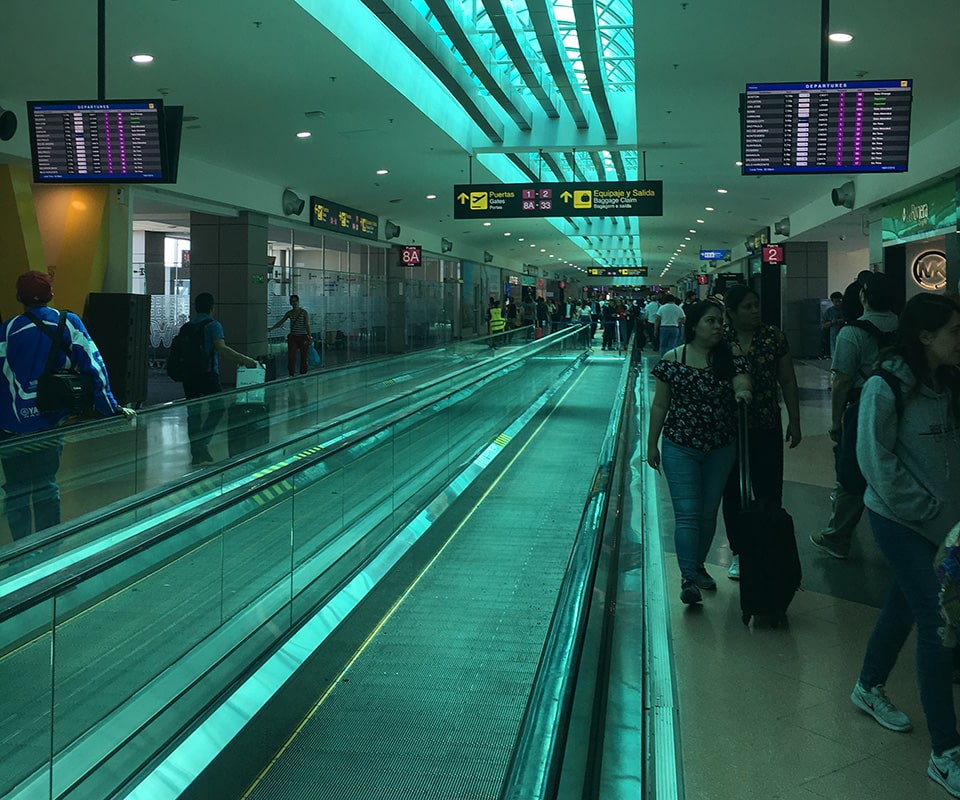
Tocumen International Airport in Panama City
The homebound Copa Airline flights were equally pleasant without any incidents or delays. As soon as we realized that we’d left one of our carry-on items on the plane, a Copa representative appeared at the luggage claim area to reunite us with our lost possessions.
Note that Copa Airlines does not currently offer Wi-Fi on its flights. As vacationers, we could happily pass on this particular perk.
Although our recent trip to Costa Rica represents only 4 data points, we had a great overall traveling experience with Copa Airlines. We would certainly use it again on our future trips to Central or South America.

